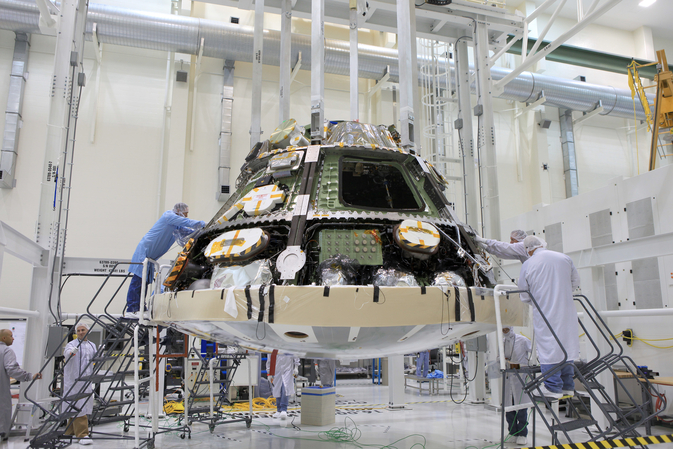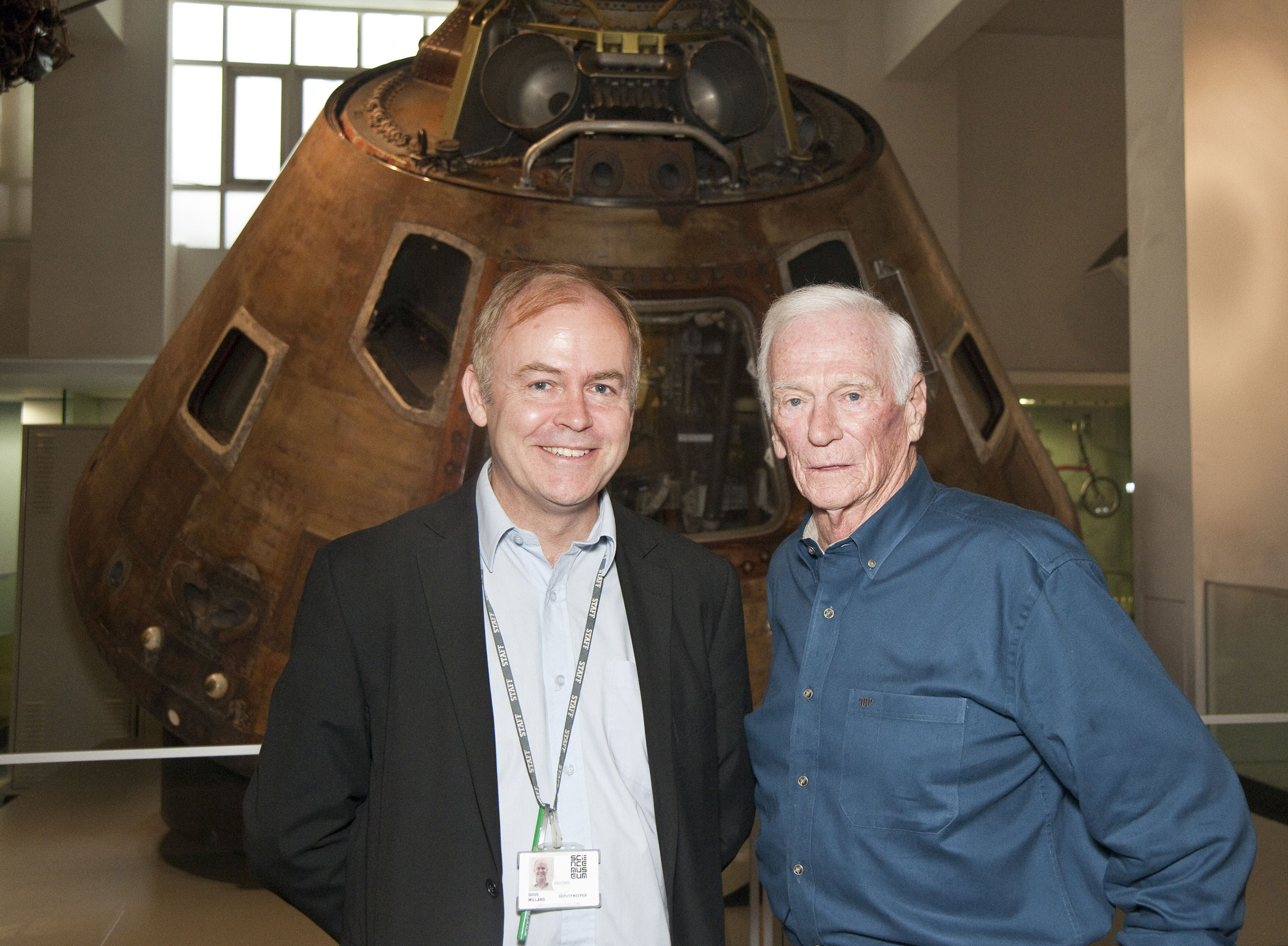The Orion spacecraft that could loft humans to Mars in coming decades has made its maiden flight. The conical craft, which looks Apollo on steroids, was launched on a Delta rocket out of Cape Canaveral in Florida on a short test flight in which it reached a height of 3,600 miles—15 times higher than the International Space Station and the farthest anyone has sent a human-spaceflight capsule since Apollo 17 returned from the Moon in 1972—and orbited the Earth twice.
The craft splashed down in the Pacific Ocean off the coast of Baja California, where it was recovered with help from the US Navy.
The launch marked the first mission of its type for almost half a century and will test key technologies to ensure that Nasa can send astronauts into Earth orbit and beyond – to the Moon, asteroids and ultimately to Mars.
Nasa’s chief scientist, Ellen Stofan, outlined Nasa’s vision during a talk in the Science Museum last month.
Currently the United States has no operational human-rated space launch system; astronauts are launched to the International Space Station aboard Russian Soyuz rockets.

Orion, built by Lockheed Martin, will be a successor to the Shuttle, which acted as NASA’s human-rated launch system for 30 years but could not go beyond Earth orbit. Nasa administrator Charlie Bolden called the Orion test “a giant day for us.”
The Orion craft it is clearly an enlarged and improved Apollo command module, as on display in the Science Museum (Apollo 10) – the blunt-bodied ballistic capsule the took the first humans to the Moon and which was launched atop of a rocket and, at the end of its mission, hurtled back to Earth for a splash down.

Orion’s first manned mission is planned for 2021 – a rendezvous with a captured asteroid as part of a plan to identify, capture and redirect a near-Earth asteroid to a stable orbit around the moon.
The last time Nasa launched a flight of this significance was in November 1967, when it launched the very first Saturn V rocket and with it the Apollo 4 command module on a very similar mission.
That pioneering sixties mission was a great success with both the rocket and spacecraft performing largely to plan. Within a year, Nasa had launched the Apollo 7 mission – the first crewed flight of a command module.
One of the key differences between the two programmes is the rate of development: Apollo had billions of dollars and hundreds of thousands of personnel all working frantically to meet President Kennedy’s commitment of landing a man on the Moon and returning him safely to the Earth before the end of the 1960s.
Orion has no such political underpinning and still less the huge amounts of money Apollo was granted. Progress is and has to be slower, and it may be that a momentum of successive missions will be hard to maintain.
And yet, if humans are to have a future in space such large, state-directed programmes will almost certainly have to continue, even if they are extended over many more years than the decade or so invested in project Apollo.
Doug Millard is Deputy Keeper of Technology and Engineering.